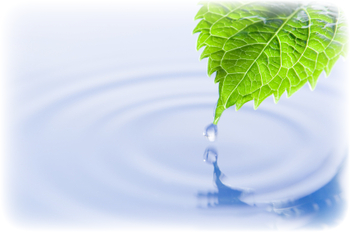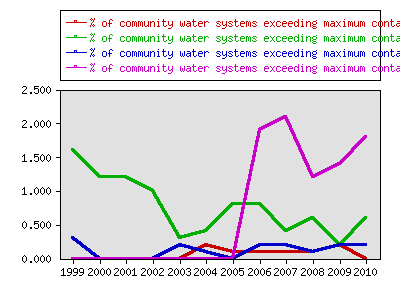Indicator 56: Drinking water quality


Goal: Minnesotans will improve the quality of the air, water and earth.
Rationale: Harmful chemicals, nutrients and bacteria in the drinking supply can adversely affect public health in both the short term and long term.
About this indicator: Data collected by the Minnesota Department of Health show high quality for almost all of the state’s community water systems. Only a very small number violate maximum contaminant level standards for arsenic, nitrate, disinfection byproducts or lead.

Things to think about: The contamination measures in the MDH report do not cover water from private wells. Some people are concerned about the presence in water supplies of contaminants for which we are not yet testing. These include pharmaceuticals and industrial chemicals such as PCBs. Ongoing research projects will provide better information about the presence of these chemical in Minnesota’s water supply.
Technical notes: Standards for arsenic contamination became stricter in 2006. This explains the increase in community water systems violating the standard.
Sources:
- Minnesota Department of Health http://www.health.state.mn.us/divs/eh/tracking/dwreport.pdf
Local data:




